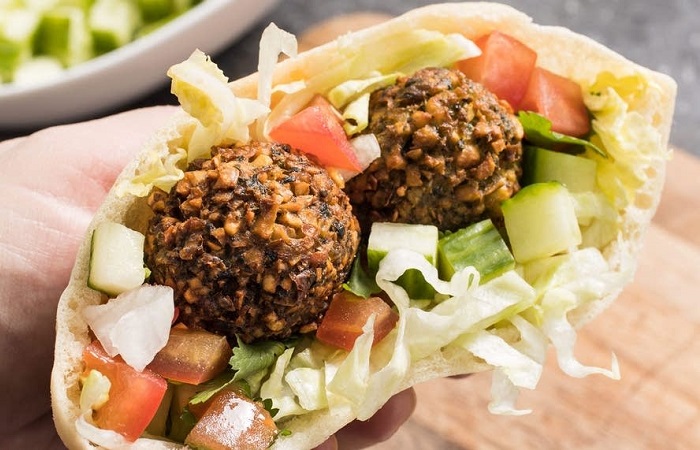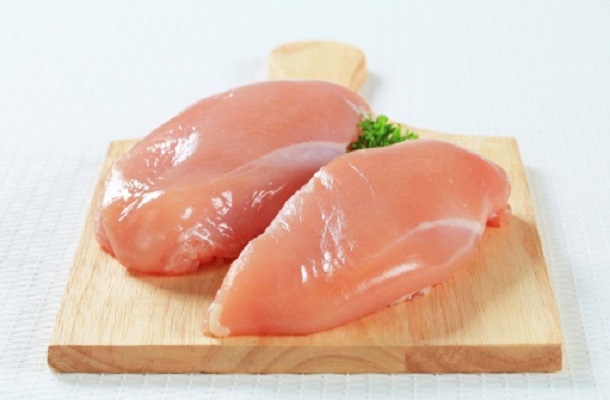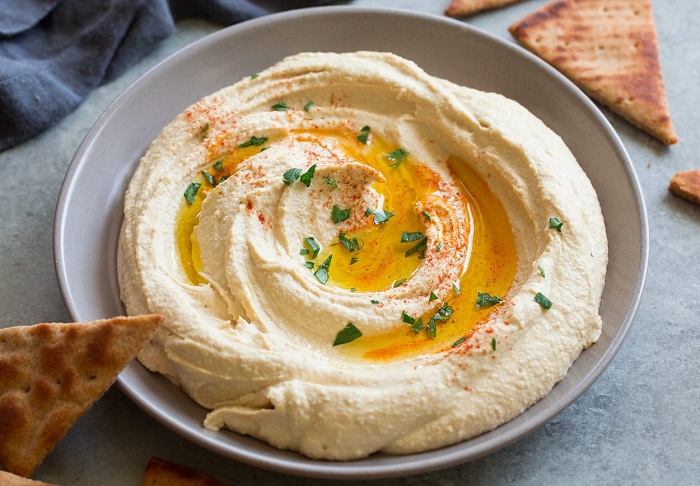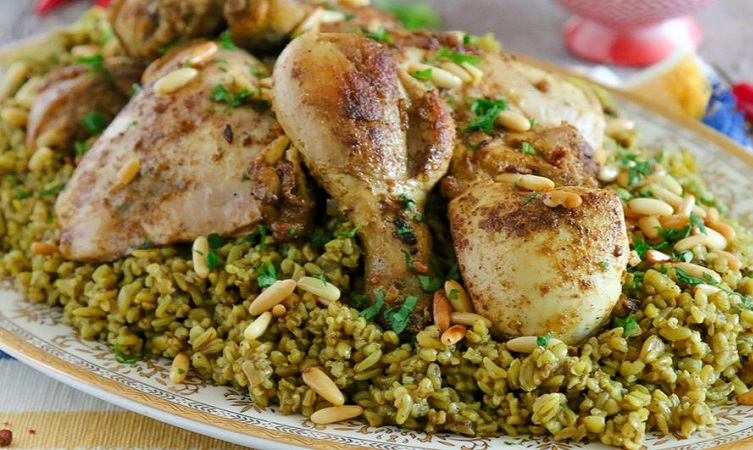It is a widespread notion that to become healthy, one must avoid or reduce food. This is scientifically and ethically wrong. For nearly every ingredient and craving, there’s an alternative to improve a dish’s nutrient factor without compromising on taste. Arabic cuisine has a sound foundation for clean eating, but follow these tips and tricks to improve the nutritional value of some of your favourites.
Bake it up

Fish, falafel and meat sambousek – each of these dishes offer most of what you need for a full day of well-rounded eating. You would think that with such a high protein content, you’re good to go, but it’s the frying factor that can trip you up. Drop the frying pan and instead bake these to cut down on fatty oils. All you need is a light brush of vegetable oil and medium-high heat in the oven, and you’ve got yourself a deliciously crispy, non-fried alternative to your favourite Arabic snacks.
Free from ghee
Ghee, or clarified butter, is frequently used in Arabic food because it adds to the rich flavour and crisp value in fried foods. And while ghee has some benefits, it’s also rich in calories and fat. Consider replacing this with a good olive oil to save on unnecessary fats, especially if your workout goals require calorie deficit.
Chicken out of red meats

We’ve long heard cutting down on red meat is recommended for a healthier lifestyle. Replace beef and lamb grilled chicken for a low-fat and low-carb protein alternative. That doesn’t mean you pile up chicken either – like any food, moderation is key. Most studies recommend 100g or a palm-sized serving for one meal.
Don’t be salty
Who doesn’t love a good old-fashioned pickled vegetable to complement a flavorsome dinner? Just remember that fermented vegetables contain large amounts of sodium, which isn’t good for your health. Not only can too much salt – a problem that already plagues much of our food – lead to high blood pressure and increased risk of heart disease and even stroke, but it also increases water retention, which causes bloating. You don’t have to completely write off pickled sides but consider soaking them in water for a while before your meal to drain them of excess salt.
Dip out of carbs

Hummus is delicious and, luckily, it’s also quite healthy. It’s packed with plant-based protein, high in fibre that aids digestion, promotes weight loss and has a list of potential health benefits that means you can let out a sigh of relief. However, it’s good to mix up what you dip into it, so that it’s not always carb-heavy pita bread. Consider raw vegetables like carrots, cucumbers and celery as healthy snacking options to accompany your hummus, or even crunchy lettuce leaves for low-carb, low-fat and nutritious scoops.
Rice replacement

Push rice to the side and make some room on the table for freekeh. This ancient grain is no newbie in Arabic cuisine, as it’s frequently paired with grilled chicken or lentils. Freekeh is low in fat, high in fibre and protein, and keeps you full longer than grains like quinoa so you can stave off unnecessary snacking. It’s also packed with goodies like calcium, iron and zinc. Consider replacing rice-based dishes like machboos or kabsa laham with freekeh for something that’s filling in the long run, and lower in carbs and calories.




![The Top & Most Popular Seafood Bucket Restaurants in Dubai for you [Never Miss]](https://uae24x7.com/wp-content/uploads/2020/09/8-seafood-in-a-bucket-scaled-e1600739237403.jpg)
![Procedures for Renewing the Driving License in Abu Dhabi [3 Simple Steps]](https://uae24x7.com/wp-content/uploads/2020/07/Capture-9-e1595666454466.jpg)





